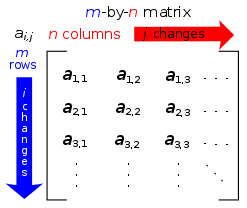Here the test that fails for me (using the updated data):
self = <tests.draw_test.TestDraw testMethod=test_draw_satellite>
def test_draw_satellite(self):
w = World.open_protobuf("%s/seed_28070.world" % self.tests_data_dir)
target = PixelCollector(w.width, w.height)
draw_satellite(w, target)
> self._assert_img_equal("satellite_28070", target)
tests/draw_test.py:175:
_ _ _ _ _ _ _ _ _ _ _ _ _ _ _ _ _ _ _ _ _ _ _ _ _ _ _ _ _ _ _ _ _ _ _ _ _ _ _ _ _ _ _ _ _ _ _ _ _ _ _ _ _ _ _ _ _ _ _ _ _ _ _ _ _ _ _ _ _ _ _ _ _ _ _ _ _ _ _ _ _ _ _ _ _ _ _ _ _ _ _ _ _ _ _ _ _ _ _ _ _ _ _ _ _ _ _ _ _ _ _ _ _ _ _ _ _ _ _
tests/draw_test.py:70: in _assert_img_equal
% (x, y, blessed_pixel, drawn_pixel))
E AssertionError: Tuples differ: (244, 244, 251, 255) != (250, 255, 265, 255)
E
E First differing element 0:
E 244
E 250
E
E - (244, 244, 251, 255)
E + (250, 255, 265, 255) : Pixels at 39, 16 are different. Blessed (244, 244, 251, 255), drawn (250, 255, 265, 255)No idea yet why this happens, but it is reproducible (I tried three times, the results were exactly the same every time).

I tried to add a test for the satellite-view (and added a couple lines of code to properly test the scatter-plot).
I think I might have chosen a bad time for this since @pangal might want to continue work on this himself...but I thought this might be a quick change. It isn't, sadly, so far I haven't gotten the code to pass the satellite-test. I don't really know why, but maybe somebody sees the flaw.
EDIT: Here the data-PR https://github.com/Mindwerks/worldengine-data/pull/12, even though this should not be merged right now due the failed final test.
EDIT2: If @pangal (or somebody else) wants to continue work on this, I could probably rebase this PR, so please don't hesitate. :)
EDIT3: This is now based on #163.